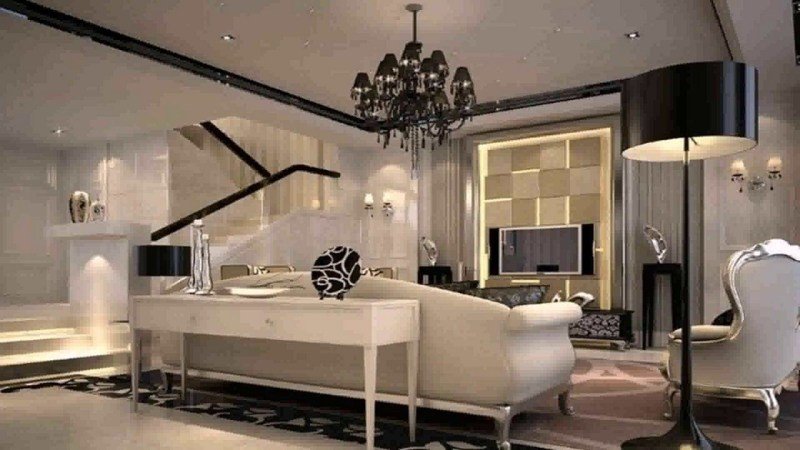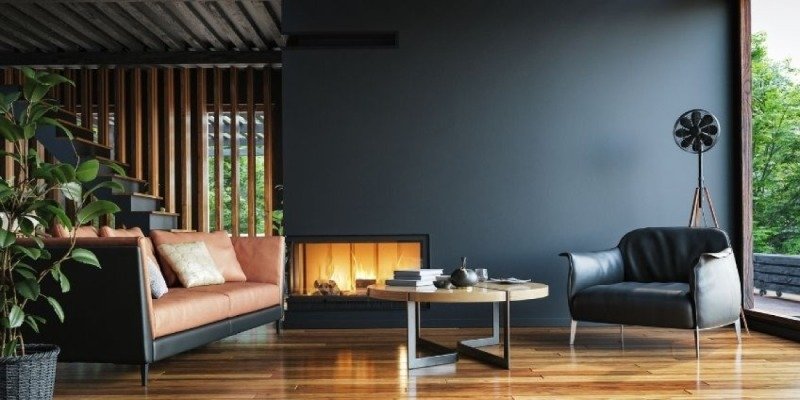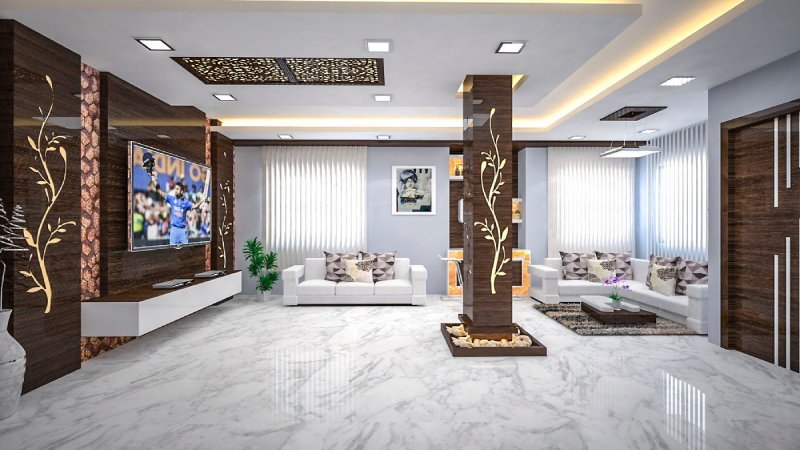Designing an aesthetic and usable living environment is a process that entails creativity as well as logic.
From empty nesters who just bought a new home to those who are planning a major remodel of the existing house or they just wish to redecorate a room, it is best that they learn about interior design basics.
Welcome to Home Decor Your one stop resource for everything you need to know about interior design and decoration.
Understanding Your Style

- Interior design tips: before starting any interior design project, you need to know your style. Your home should be your enhanced personality; to some extent, a physical manifestation of your personality and desires. Here are some popular styles to consider:
- Modern: This design is normally plain with straight greyish pale tones and plain interior design. Imagine modern design of furniture, large areas and the use of black and white tones with LV bright accents.
- Traditional: Traditional style is usually characterized by an abundance of references to classical styles furniture, gilding, ornate stucco and a restrained color scheme. Luxury and relaxation has been the major focus throughout the design and development of the structure.
- Bohemian: Bohemian interiors are very laid back and very similar to shabby chic except that they are full of character and much more vibrant. This style operates in bold tones, it is characterized by the variety of patterns, as well as a combination of textures.
- Industrial: This four trend is based on the numerous flooded factories and industrial halls and utilizes such materials as brickwork, metal, and recycled lumber.
Knowing your taste will enable you to make a full and compact design which eventually gives your house a complete and smooth look.
Have a look at marble mandir for home.
The Power of Color
Decoration especially the use of colors in the walls and other parts of a room affects the mood of people in the room. Here’s how you can use color to enhance your interior spaces:

- Neutral Tones: Bright colours such as white or beige are therefore more appropriate in regard to the size of the room. They also give a perfect texture to any decoration style that one may wish to incorporate in their homes.
- Bold Hues: Introducing a room with striking colours such as navy blue, emerald green and or mustard yellow adds depth and appeal to a room. These must be used as the colour of the walls or even items of furniture to make them distinctive or as the main focal point.
- Warm Colors: Orange, red and yellow tones can give people warm and homely feeling or the atmosphere in the room. These colors are suitable for the living room and bedrooms.
- Cool Colors: Blues, greens and purples are generally considered to soothe and hence can be used in the bathroom or the bedroom.
It is important to also try different color combination to arrive at what is more suitable for the room. However, one needs to know that choice of the right colors can completely alter the mood of a particular room.
Furniture and Layout
A proper selection of pieces as well as their positioning is rather essential for comfortable and attractive environment. Here are some tips:
- Scale and Proportion: Do not over power the room with large furniture and vice versa do not underpower the room with small furniture. Large pieces of furniture are not suitable for a small room as they give the room a ‘cluttered’ look while small pieces can make a room that is big look bare.
- Focal Point: Choose an anchor in every room; this could be a fireplace or a painting or large window if any. This feature must be arranged with the furniture.
- Flow and Functionality: Think about your physical interactions with the site as regards to transitions. Move furniture around to make navigation simple and guarantee that the organization supports the room’s use.
- Mix and Match: You do not have to stick to a single furniture style concluding that it would look odd to mix it up. Aged and new pieces are equally important in a style mix as they bring character in any interior design.
You should also know – Small bathroom ideas
Lighting Matters
Ambient lighting is a core element of an interior design. It can improve the mood, set the atmosphere and draw attention to certain elements of architecture. Here’s how to get it right.

- Natural Light: Let the light in by avoiding curtains and blinds on windows and when these are necessary, they should be delicate and sheer. Natural light helps a room to look and feel bigger and more comfortable.
- Task Lighting: Artificial lighting that is required for certain tasks, for example, reading, cooking or, working. Finding the right kind of lighting can be a challenge because your clients need light here and there, above the workbench or desk, even under cabinets.
- Accent Lighting: It is applied in drawing attention to some aspects in a room such as paintings and other carvings. Swelling on the walls or supply of light from the ceiling in the form of softened waves with wall sconces, track lighting, and spotlights are suitable to set highlights.
It’s obvious that layering of various kinds of lighting is necessary to provide the adequate illumination of a brightly-lighted room simultaneously with its aesthetical view.
Accessorizing with Style
Accessories are the extra item that put a finality on your look. Here are some tips for accessorizing your home:
- Art and Wall Decor: Art can really transform a space – although more on impact rather than aesthetics, in my opinion. Choose writings that you are interested in and that depict your taste. Pictures hung on the walls, big paintings, or pictures framed in numerous shapes and sizes can transform the place and bring cheerful shades into the rooms.
- Textiles: Rugs, cushion, and the throw can bring a cozy feeling and richer feel into the room. Do not be afraid to combine fabrics and prints for a much more complex.
Such patterns and materials should be combined to provide a sufficient nuance

- Plants and Greenery: That is why plants are very useful and create vivid and fresh atmosphere in every place. Regardless of whether you go for big plants in jars, small cacti, or a combination of the two, greenery can be a plus.
- Personal Items: It is also useful to include the things that are valuable and significant to you, for instance, souvenirs, family items or photographs. These items would give your place that home-y feel and make it yours.
Here is small living room floor tiles design.
Creating Harmony
Thus, a home that is said to be good is one that is comprehensive and has one theme throughout the house. Here’s how to achieve that:
- Consistency: It is recommended that you stick with the common room colour and design scheme consistently throughout your dwelling. It would not necessarily imply that the walls of every room should be painted in an identical color, but there has to be a color scheme somewhere so that rooms can be visually linked.
- Balance: Maintain symmetry, thus, sharing equal amounts of weight within the room. While on the one hand it might look more formal when plants and flowers are arranged in a symmetry, it might also seem more dynamic when arranged in asymmetry.
- Rhythm and Repetition: Arranging the space depends on the rhythm and the proper guidance, which is achieved with repeating elements such as colors, shapes, or patterns.
Conclusion
Interior design can be described as the arrangement of structures and surroundings that focuses on the aesthetics and comfort of the available space.
Understanding your style, utilizing colors, selecting appropriate furniture pieces, and lighting accents and accessories depart you with a home that is stylish and comfortable.
Whether you are intending to alter the look of one or two rooms, or whether you are guarding an entire house, these guidelines will assist you in the creation of household environment that is unified and they will be a reflection of your personality and at the same time facilitate a better living. Happy decorating!


